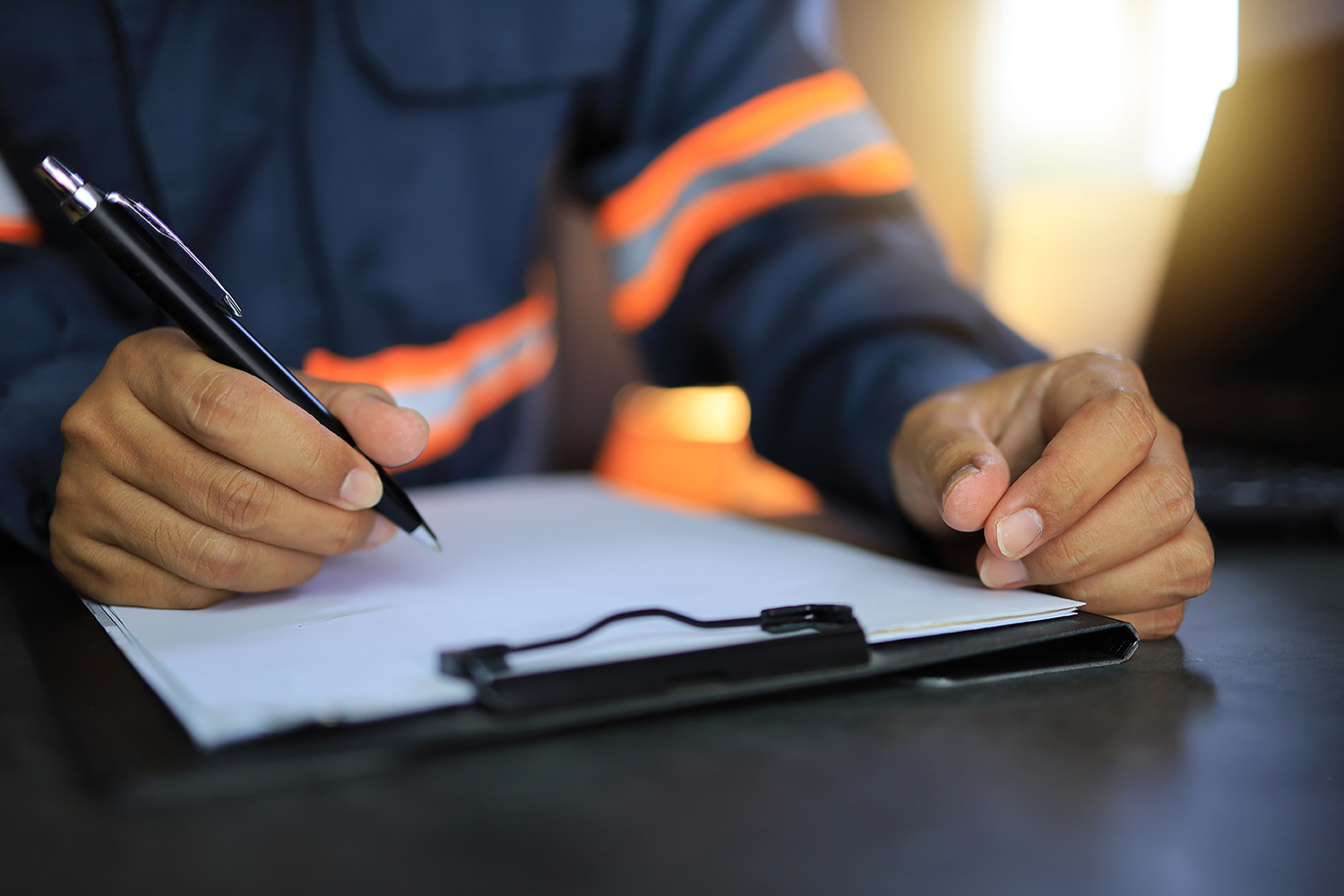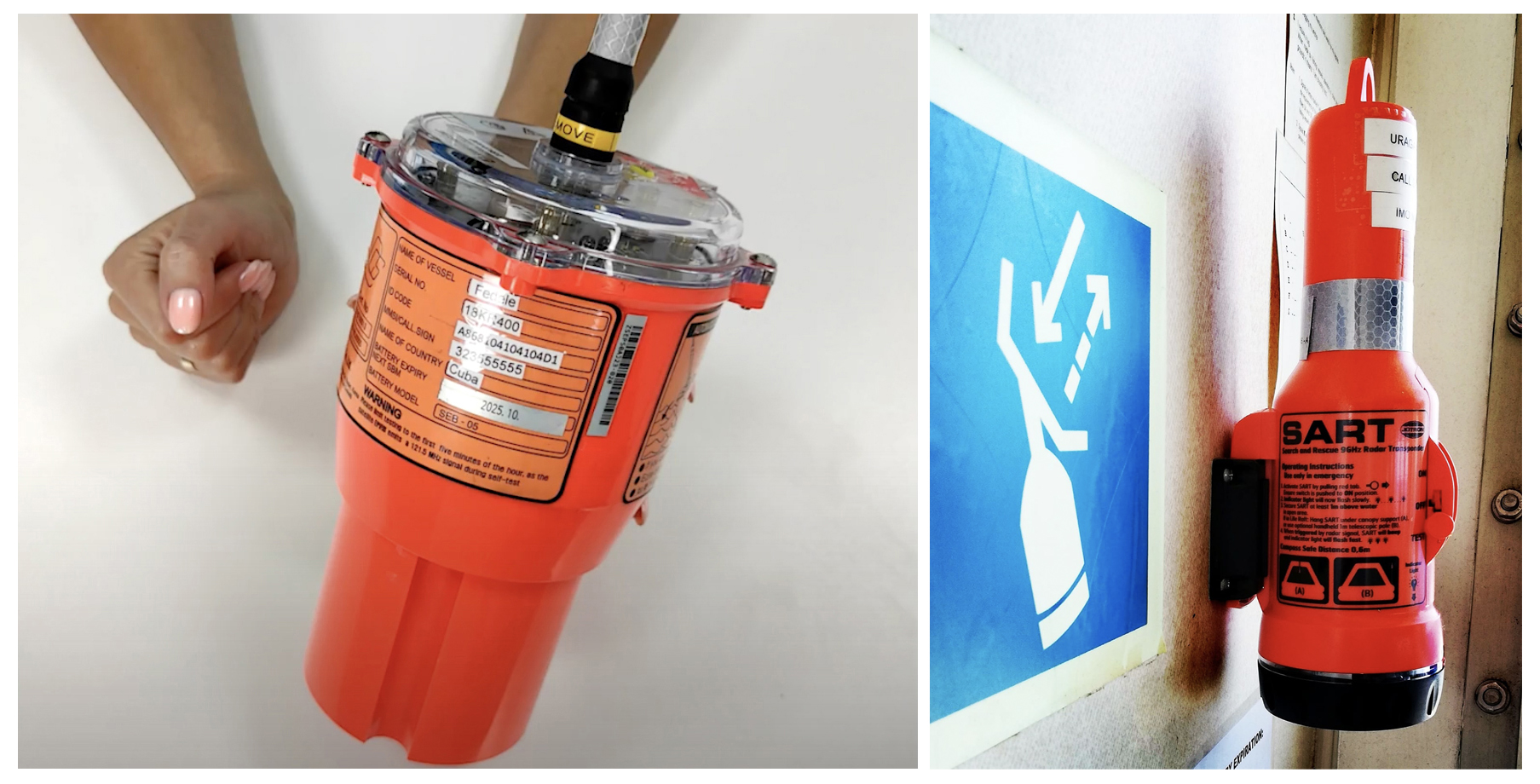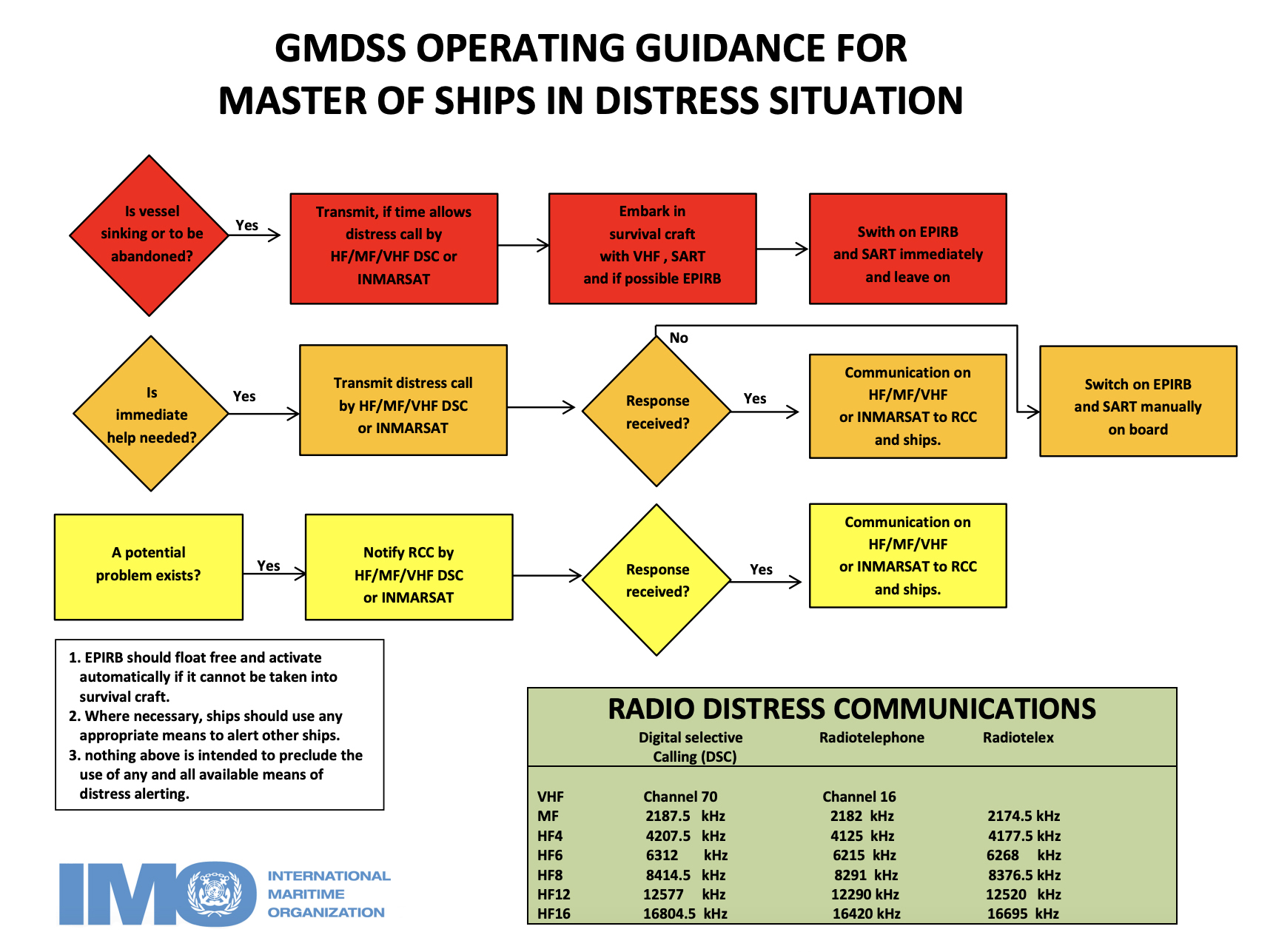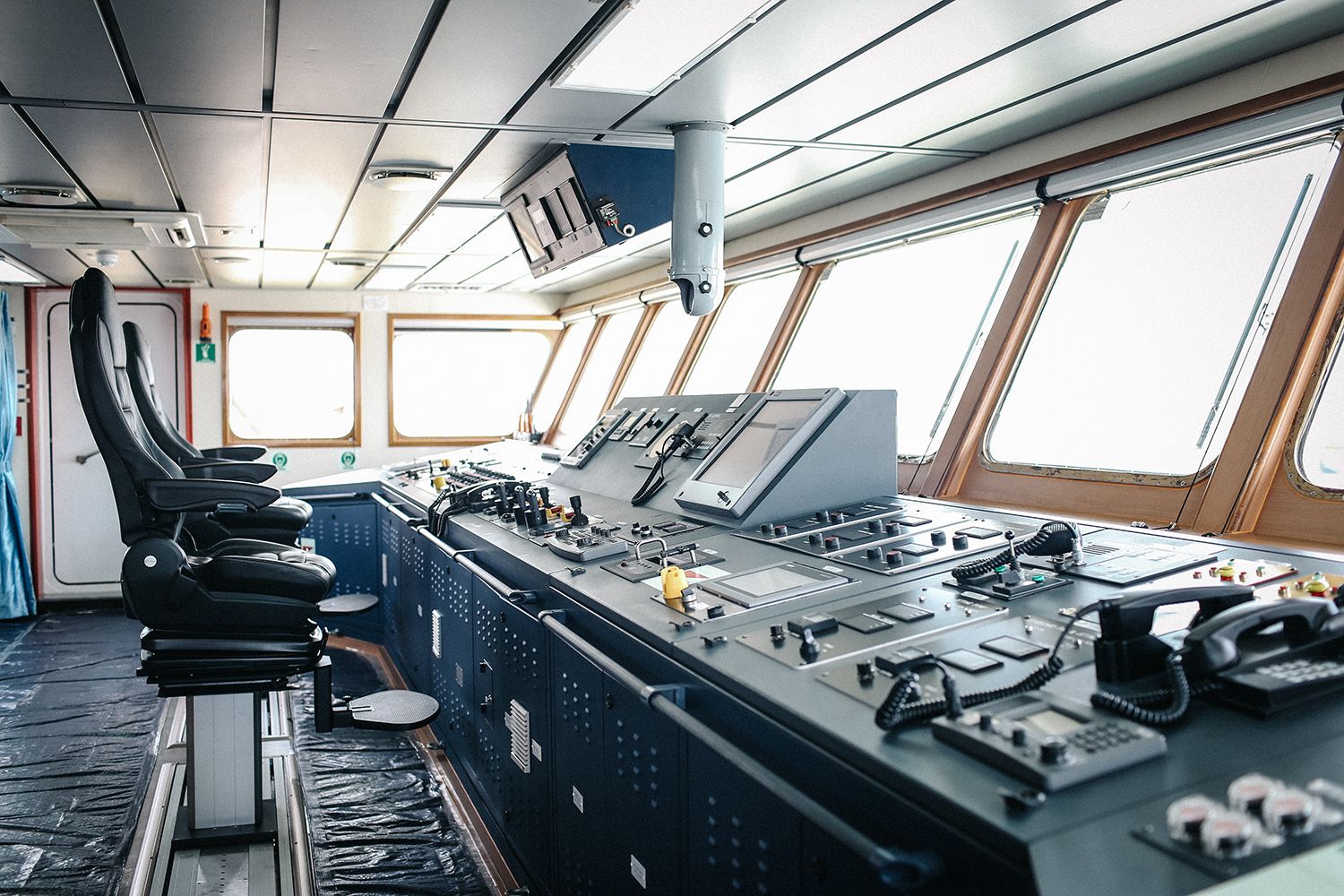Safety radio survey: how the ship administration should prepare for it

All SOLAS ships (vessels of 300 gross tonnage and upwards, and passenger ships irrespective of size, engaged on international voyages) are required to undergo the annual safety radio survey.
According to the provisions of SOLAS 1974, as amended, they shall be equipped with the radio equipment of the Global Maritime Distress and Safety System (GMDSS), and this equipment should be subject to an annual comprehensive survey performed in accordance with the rules set out in IMO Resolution A.1156 (32) and a number of other instruments including those related to national legislation.
The survey is carried out by a radio surveyor; he acts on behalf of the classification society at the request of the ship's administration, shipowners or other organizations being in charge of the vessel operation.
The ship’s administration is obliged to ensure the presence of a qualified specialist responsible for the operation of radio equipment.
If you prepare properly, the survey will take place with predictable results: the vessel will receive certificates and other documents confirming its compliance with international regulations and conventions, as well as the requirements of the relevant classification society, and will be able to work safely, at least until the next survey.
If not, you will need to invite the inspector again for the re-survey. It means the loss of time, money and nerves. The delay of the ship is also possible.
So, how should you prepare for the annual safety radio survey so that it goes smoothly on your ship?
Below is a checklist for the ship administration describing the key elements of preparation for the survey.
1. Make sure that the following certificates and documents are available on board and they are valid:
- Certificates of competence of the radio operators (one member of crew with GMDSS Radio Maintainer License if on board maintenance option is elected); A person responsible for radio communications in times of distress should be appointed.
- Ship Safety Radio Certificate for cargo ships; a Record of Equipment (Form R) should be attached;
- Ship Safety Certificate for passenger ships; a Record of Equipment (Form P) should be attached;
- Shore Based Maintenance agreement (if appropriate);
- 406 MHz EPIRB Shore Based Maintenance test report;
- Ship Radio Station License (must be valid);
- List of radio equipment and instructions for its operation;
- Radio Log Book;
- Updated ITU publications according to requirements in the Radio Regulations.
2. Check that the composition of the GMDSS equipment of your vessel corresponds to the sea areas in which the ship is certified to operate.
The minimum equipment that each SOLAS vessel is required to carry on board:
- a VHF radio installation capable of transmitting and receiving DSC and radiotelephony;
- one SART on cargo ships 300-500 GRT; two on cargo ships over 500 GRT and passenger ships;
- a NAVTEX receiver;
- an EGC receiver (outside NAVTEX coverage area);
- a 406 MHz EPIRB;
- two portable VHF radios for use in survival craft on vessels 300-500 GRT; three on cargo ships over 500 GRT and passenger ships;
- backup power systems to provide emergency communications if primary power fails.
Every ship engaged on voyages exclusively in sea area A1 shall be provided with minimum equipment. The equipment of ships operating in other sea areas (A2, A3, A4) includes the extended set of GMDSS equipment.
3. Ensure that the equipment is properly prepared for survey, all its parts must be easily accessible.
For example, the EPIRB should be marked with the ship’s call sign, serial number of EPIRB, MMSI number, 15 Hex ID, and battery expiry date. The SART (radar or AIS) should have waterproof marking with operational instructions, battery expiration date, the ship’s name and call sign.
 The main equipment of the navigation bridge will be tested in action.
The main equipment of the navigation bridge will be tested in action.
4. Take care of the premises where the GMDSS equipment is located. There should be available: drawings, diagrams showing the procedures for responding ships to distress signals, plates with the name of the vessel, as well as with the identification number of the ship's radio station, etc.
“GMDSS operating guidance for masters of ships in distress situations” and the procedure on “False alerts”, developed by IMO, should be posted on the navigation bridge.

5. Prepare for checking: the position and mounting of units, power boards and chargers, batteries for radio equipment.
Each type of equipment should be located in such a way that no harmful interference of mechanical, electrical or other origin affects its proper use.
6. Check the location and installation of various antennas on your vessel. Special attention will be paid to them during the survey. Incorrectly installed antennas degrade the performance of radio equipment and reduce the range of radio communication. Antenna drawings should show all antennas visible from the bow or stern, from the left or right side and from above.
7. Examine the condition of the cable network, grounding, ventilation, and lighting. It should be good.
You are also obliged to inform the surveyor about changes and repairs of the radio equipment, if they took place after the previous survey.
Which certificates and documents you receive upon satisfactory completion of the safety radio survey
When the onboard radio survey is completed, the inspector issues a report of GMDSS radio survey with affixed data on the following tests:
- the annual test of 406 MHz satellite EPIRBs;
- the annual test of GMDSS portable VHF devices;
- the annual test of radar transponders (SARTs);
- the annual test of AIS;
- the annual test of GMDSS radio battery capacity.
Finally, the radio surveyor forwards the report to the authorities responsible for issuing an international certificate: Cargo Ship Safety Radio Certificate or Passenger Ship Safety Certificate.
If any omissions and deficiencies are revealed, the surveyor records them in the report and notifies the shipowner or his representative what should be done to eliminate these defects. When the corrective measures are taken, a re-survey is assigned.
* * *
As you can see, the preparation for the survey requires a serious approach. It often takes longer than the survey procedure itself, but the result is worth it.
May all your safety radio surveys be successful!
By Olga Davydova





Be the first to comment